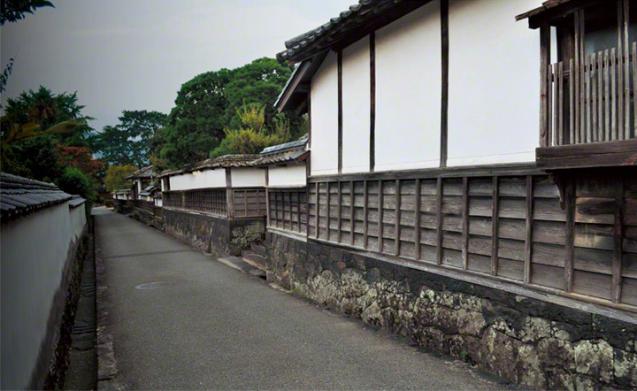
According to UNESCO's website, the site testifies the successful transfer of Western Industrialization to a non-Western nation. From the middle of the nineteenth century to the early twentieth century, Japan was in the rapid industrialization, supported by the key industrial sectors such as shipbuilding, iron and steel, and coal mining.
If the specific sites can speak, it can tell us how Japan has achieved its technological superpower from its humble beginnings-- from trial and error experimentation aided by Western textbooks, followed by the importation of Western technology, until the full-blown industrialization where the Japanese were able to actively adapt the Western technology suited to their needs.
The Sites of Industrial Meiji Industrial Revolution: Iron and Steel, Shipbuilding, and Coal Mining, scattered in eight prefectures in Japan, was designated as UNESCO World Heritage Site on July 5, 2015.
Things to see
Hagi wouldn't be labeled as the "Castle Town" for nothing. Below are some of the most visited sites in the area:
- Hagi Castle
- Former castle town
- Tokoji Temple
- Aiba Waterway
- Daishoin Temple Shoin Shrine
- Mount Kasayama
- Shokason Juku School
In addition, the city's pottery industry also quite popular. Here are some of the pottery museums you can check out:
- Yoshika Taibi Memorial Museum
- Hagi Uragami Museum
- Hagiyaki Pottery Museum
It's approximately 2km northeast of Tamae Station (Sanin Main Line).
The famous Yakiniku Restaurant is also near the castle (750-800m north).
8:30 to 18:00 - March
8:00 to 18:30 - April to October
8:30 to 16:30 - November to February
Submit Itinerary
Signup
- Sign Up
- Already a member? Login Now!
